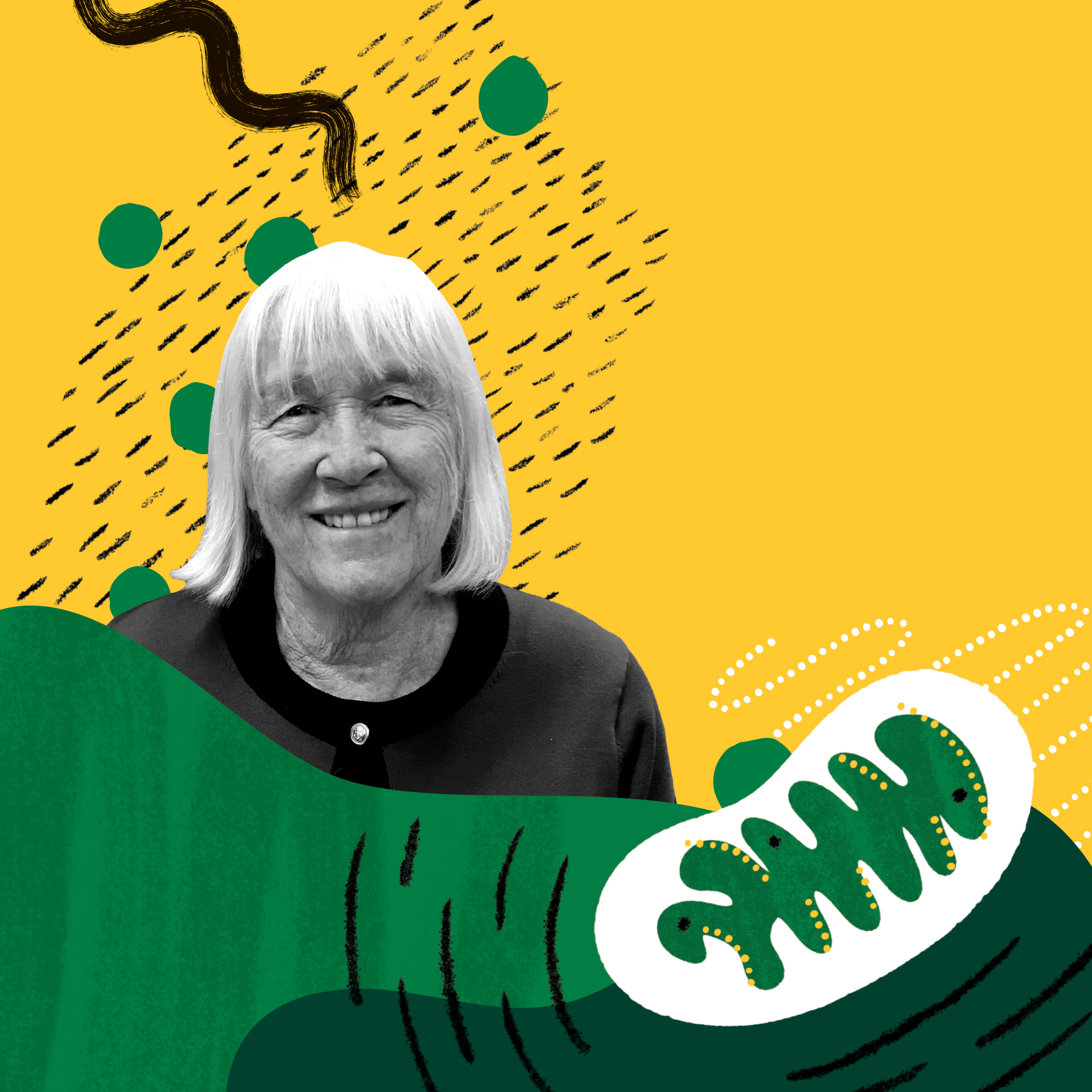Then and Now

Jean Vance was recently recognized with the international Wilhelm Bernhard lifetime achievement award.
30 years since Jean Vance's discovery about the building blocks inside cells
When University of Alberta biochemist Jean Vance first isolated and named mitochondria-associated membranes (MAM) in 1990, people didn't pay much attention.
Not anymore. Three decades later, Vance's MAMs discovery is seen as a landmark―one that has come to transform scientists' understanding of how cells maintain order and function, inspiring a field of study that some believe could eventually transform the diagnosis and treatment of cancer, diabetes and neurodegeneration diseases such as Parkinson's and Alzheimer's.
A 25-year battle against cancer...and closer to winning
Last May, the University of Alberta's Department of Oncology celebrated its 25th anniversary.
The department first offered undergraduate oncology courses for the MD program; graduate programs in medical sciences (oncology) and postdoctoral training were then developed. Today, there are accredited clinical residency programs in medical oncology, radiation oncology, palliative care and medical physics, along with the new bachelor of science in radiation therapy.
The radiobiology research group that stemmed from the department brought radiation sensitizers into clinical trials, improving the response of tumours to radiation.
In 2008, medical physicists led by professor and researcher Gino Fallone produced the first image from a linear accelerator (LINAC-MR) hybrid system in the world.
The department now has an innovative hybrid imaging scanner (PET-MR) at the Cross Cancer Institute, which combines magnetic resonance imaging (MRI) and positron emission tomography (PET). Future plans include the development of graduate programs in radiation therapy and options of novel radiotracers for early cancer detection and treatment.
Artwork by Natasia Designs
Original Story: Nature
